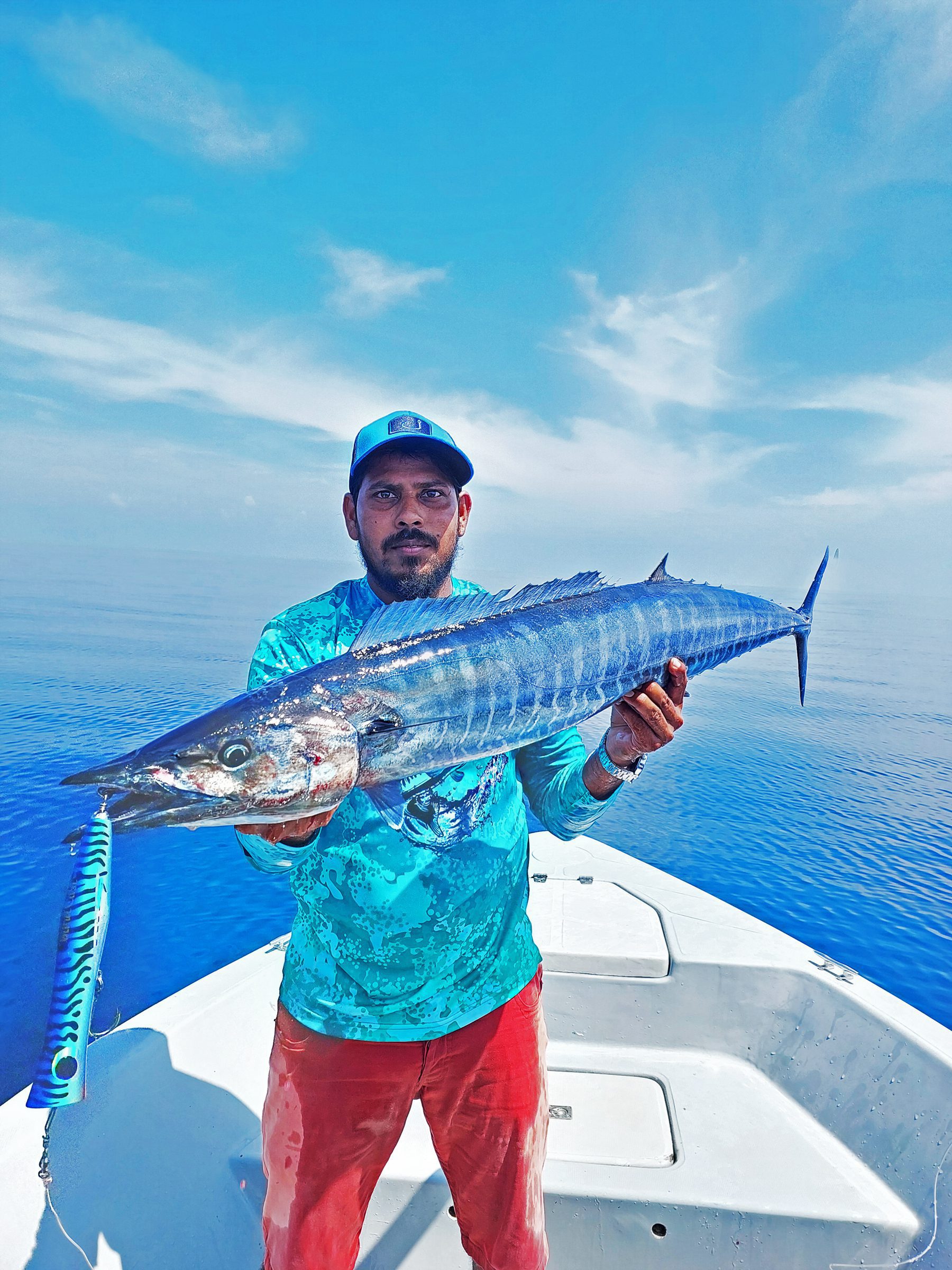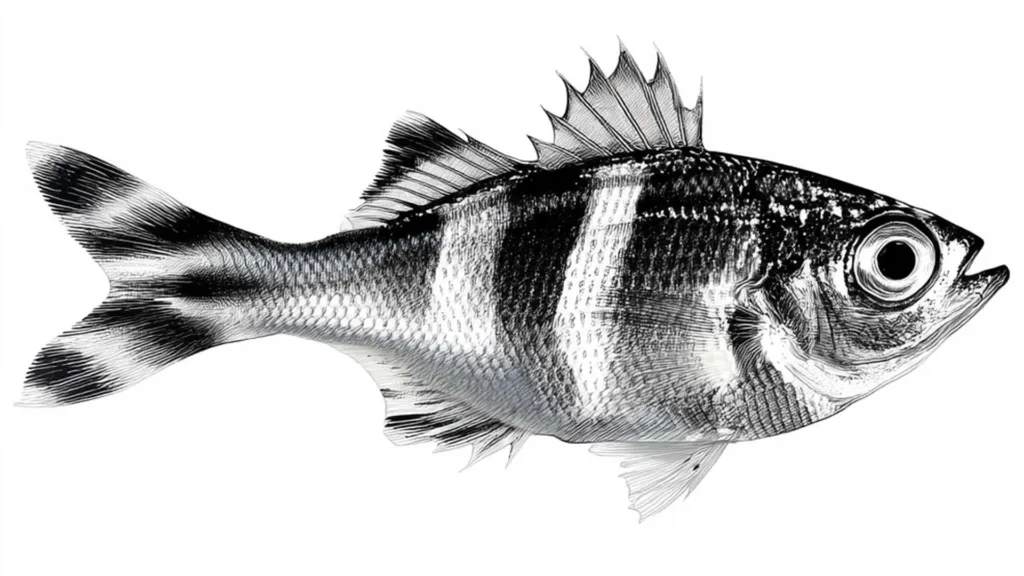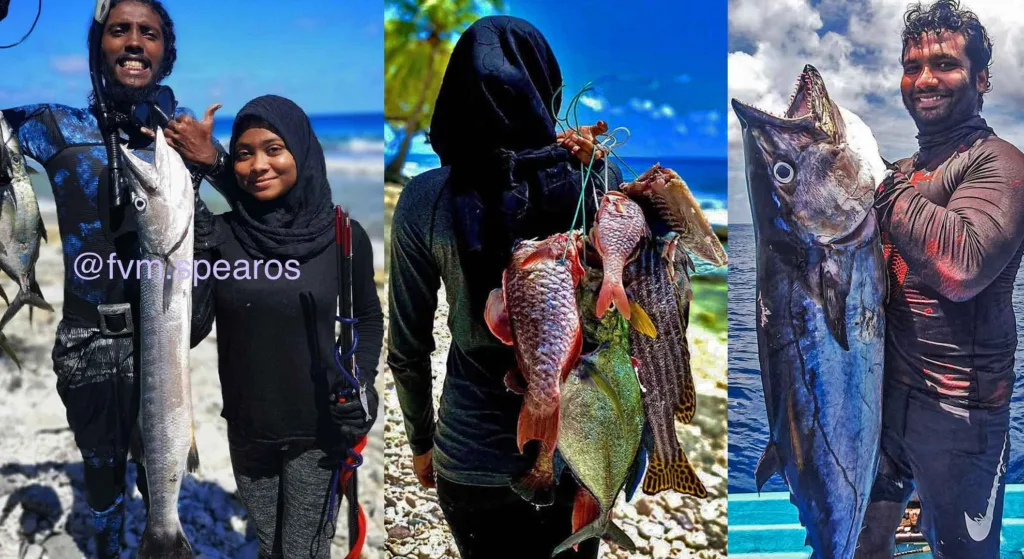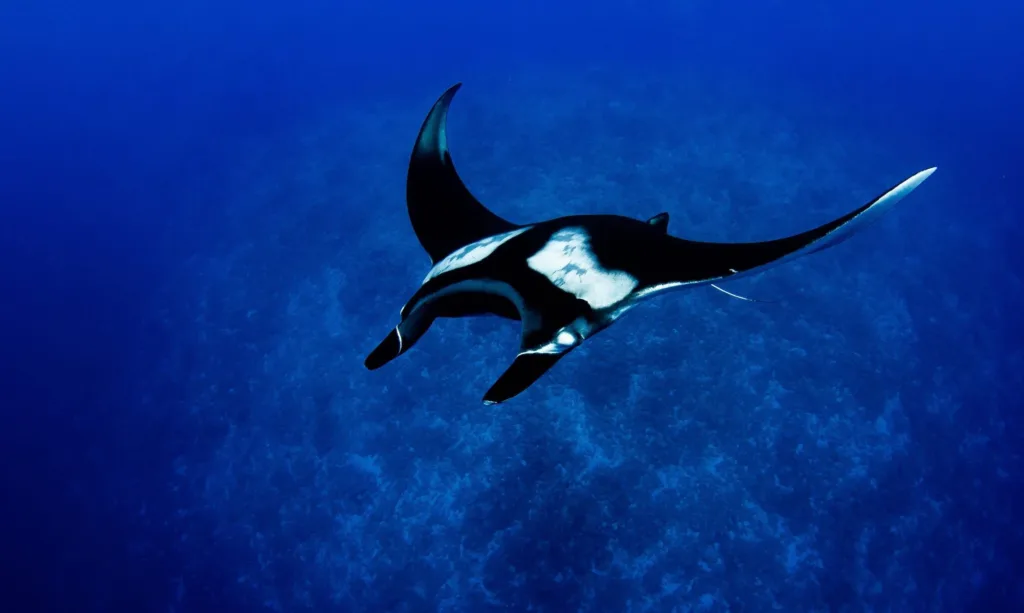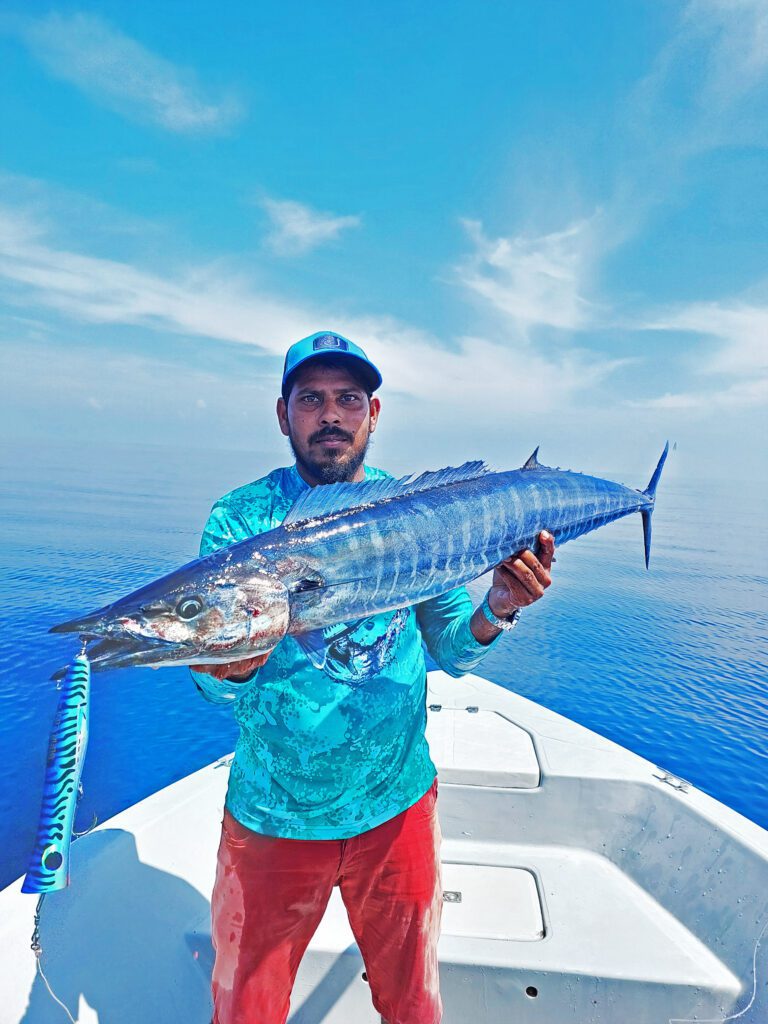
Popping is a fishing technique associated with the lure or popper and the surface of the water. This topwater fishing method gets the action from the concave cup shape of the popper. This thrilling method gives you greater interaction with the surface of water, and you will perceive and feel the thrilling battle between you and the predator. When you cast the popper, it skips across the surface of the water, creating splashes and sounds—blooping or popping sounds—as well due to the cup-shaped face profile of the lure. These effects attract the predators as they present the movement of baitfish. To witness the most exciting fishing method and to see a fish rising to the surface and exploding onto your lure—this is the technique.
Three actions can be performed with a popper.
-
The Pull—This is the first action. After your cast, it lands on water, and then you pull the popper towards you. A pull creates a popper to push water, causing water to flow over the cup of the popper due to water tension.
-
The Sweep—The movement is different when you sweep. As you sweep, it creates lines of bubbles or bubble trails under the water. This movement of the popper is also called “the sweep” of the stroke.
-
The Pause—This is the action that results when you stop pulling or popping the lure towards you—the instance that fish strikes most. It attracts fish from afar. This presents the action of an injured prey.
Important tactics to remember
Pop-and-stop
Sharp and quick jerks on the rod create splashes and present a fleeing action of a bait fish.
Pauses
Pauses are very important as they present an action of a fleeing or injured bait stopping or pausing in the water, which can trigger aggressive strikes from predators.
Walk the dog
This action This is an action that can be performed by exerting rhythmic jerks—long strokes—on the rod. The popper moves in a zigzag fashion. You should reel slowly with the jerk.
Effective techniques:
-
With a big sweep, wind up the slack line and pause. Don’t allow too much time during the pause. Allow one to two seconds. Fish normally strike the lure during the pause or while the lure sits.
-
Quickly wind it, non-stop. It spatters water on the surface, creating a trail of vapor. This action is a good technique for some fish, such as sailfish, GT, mahi-mahi, and barracuda.
Things to consider and learn
-
Choose the right popper for the right condition.
-
Cast at the right point on the right spot.
-
You have to be physically fit to perform the actions, as it will involve a lot of physical actions.
-
Learn the techniques.
-
Observe the sea/environment conditions.
-
Try to cast as far as you could; retrieve them with long sweeps. It will draw a lot of water.
-
Don’t ‘play’ with reel drag; make sure your drag is set.
-
Keep tension on the line.
-
Top the reel properly; don’t over top the reel.
-
Match your PE to your reel.
-
Vary your retrieve with speed and movement.
-
Learn to pop and stop—jerk the rod tip sharply and quickly.
My observation and facts
Surface poppers have concave cup faces. Splashes, booms, and bubble trials can be created. Action of a stickbait can be presented, and the signature walk the dog action can also be seen from some of these poppers. One of the most ‘lethal’ lures against inshore and pelagic fish for topwater fishing.
